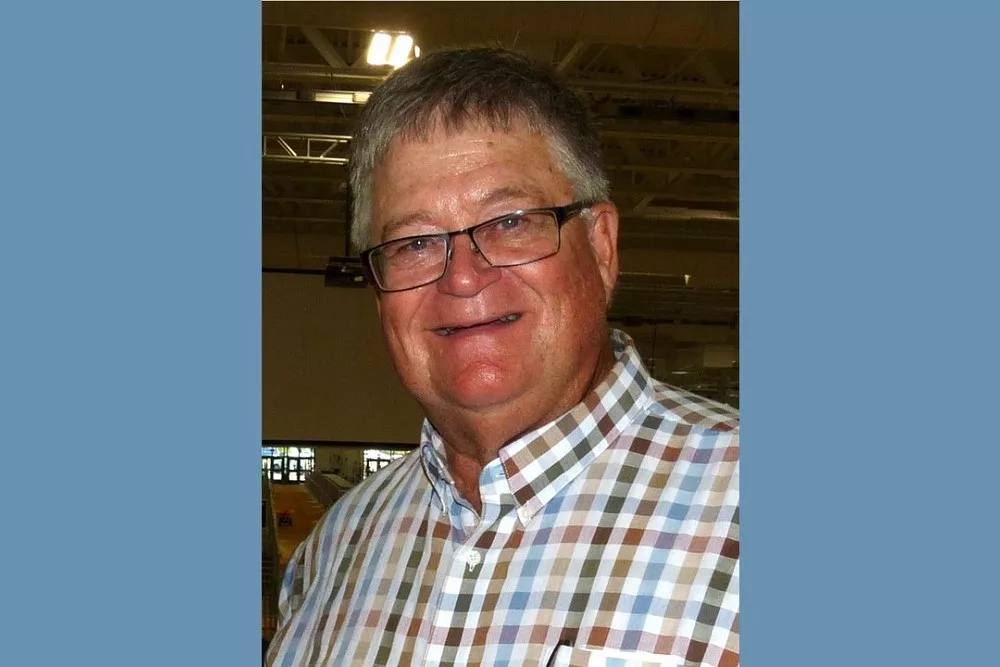
Your browser doesn’t support HTML5 audio
While some farmers in northern Indiana are seeing harvest delays from recent rains, others in the southern part of the state say they’re almost done with harvest.
“It’s just been a fast and furious harvest. That’s what it’s been,” says Mark Seib, who farms with his family in Posey County near Evansville.
“I think southwest Indiana is in pretty good shape. We haven’t had any issues with putting trucks in the field this year, getting grain out and mudding it, or anything such as that,” according to Seib. “We’ve been fairly dry through the whole process. Our cribs are full. Our wet bins are starting to get full. Our yields have been extremely good this year. I believe most of the other people in this area are about in the same position as what we are with wrapping up everything.”
Even though he doesn’t have double-crop soybeans on his farm, Seib says his neighboring farmers have had outstanding yields on their double-crop beans.
“Whenever we did have a double crop with soybeans, you can always see a little bit of a drag on the yield for double crops because they didn’t get the rain and they didn’t get the full growing season,” says Seib. “But I’m hearing our neighbors around here received good yields—as good as what they were in a normal year for the early beans. For us down here, we have had exceptional soybean yields. We had one field that had the biggest yield it’s ever had.”
Seib says the dry weather throughout the summer and early fall may have helped keep disease pressure away. But he says a recent discovery from the local FFA kids has him concerned.
“I was at a soil-judging competition and we found that whenever they dug their pits that the moisture was not there. Some of those pits are six-feet deep,” says Seib. “Our deep water in the sands and in neighboring Gibson County to the north—their water table seems to be stable. It’s not too bad. I think if we start to get the rain, we’ll start the replenish the water table. It won’t take a lot to bring it back, but it’s going to take some.
Click below to hear the full conversation with Posey County farmer Mark Seib as he also describes how the drought along the Ohio River and Mississippi River system is impacting his decision to keep more of his grain in storage this fall.
Your browser doesn’t support HTML5 audio
